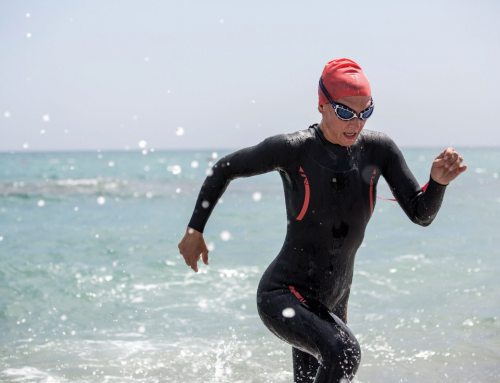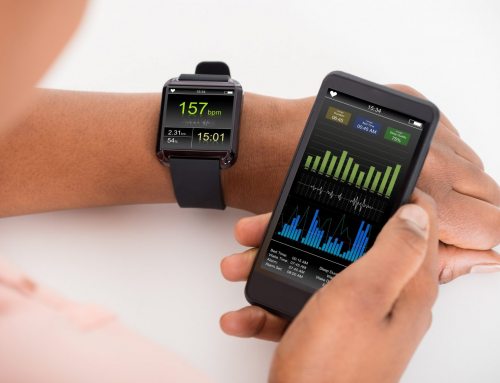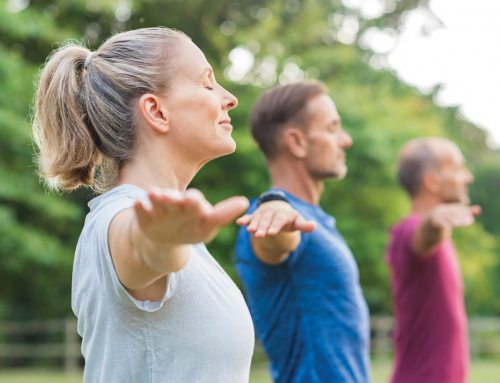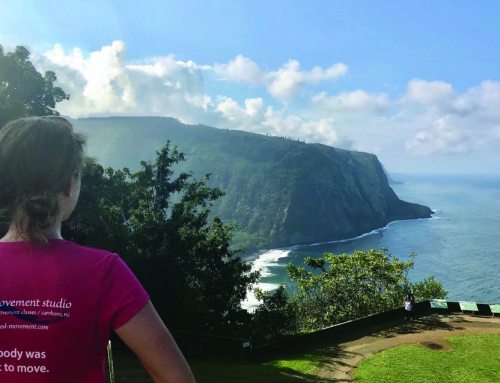Kettlebell Korner – Pistols
By Betsy Collie
Photos by Lee Thompson Photography
Pistols have a wide array of athletic and real-world applications. The fundamental skill that pistols teach is exerting power through the entire range of motion of your stance, while on one leg. Whether running, jumping, or changing directions in an athletic competition, or walking, sitting, or standing in your daily affairs, powerful legs enable us to do what we do better, and with greater ease. The combination of skills that pistol practice develops simultaneously– balance, strength, endurance, flexibility and coordination– make it one of the most useful and important exercises to learn.
The pistol, a one-leg squat, follows the same mechanics as a regular squat. The difference is that a pistol is performed with a much narrower base of support, thereby increasing the challenge to balance and flexibility. Before learning to squat on one leg, be sure to first know how to squat correctly on two. The deck (rock-up) squat will teach the correct mechanism for pistols, and will help you overcome the fear of falling back by falling back correctly, and liking it!
Of all the exercises to practice, pistols is one of the most useful because it teaches so many different things at once, balance, flexibility, strength, coordination, and focus. The best way to master the pistols is to start doing them. In my opinion, pistols are most useful as a bodyweight exercise, because most applications (sports, fall prevention, house work, etc) require the ability to control your own body at various velocities. Weighted pistols are a great way to train as well. A low weight kettlebell (8kg), dumbbell or plates can be used to provide counter balance for those that need it.
How to do pistols
The description of the pistol is the easy part: Stand on one leg, with the other leg out in front and parallel to the floor (See picture A.). Hands are kept to the side or in front for counter balance (See picture B.). Sit back and down, as if sitting in a very low chair (See Picture C.). At the bottom, of the position, your support foot is flat and your hamstrings/glute is resting on your calf (See picture D.). Now stand back up to the starting position. That is one rep.
As simple as the description sounds, the performance of the pistol is actually a sophisticated motion to learn. To start you on your path of mastering this powerful movement, let’s look at the component parts of the exercise.
Components of a Pistol
The reason that learning to do pistols well is so challenging is because they involve an interplay of several different physical skills, all performed simultaneously. Below are the primary components involved. An inability to perform the pistol is a result of a deficiency, or “weak link” in one or more or these components:
Balance-pistols teach “rooting”, as in the roots of a tree, forming a solid connection to the ground. Because we are shifting the body’s center of mass over a narrow base of support, and for an extended range of motion, balance is challenged and trained in a dynamic fashion.
Flexibility-the muscles and joints of the legs, low back, hips and ankles are required to work at the extreme ranges of motion, both in flexion and extension.
Strength-the powerful muscles of the glutes and thighs are moving the body weight throughout a very narrow base of support, thereby recruiting tremendous stabilizer function in all the lower body joints; tension is maintained throughout the eccentric, isometric and concentric portions; the core musculature is recruited to maintain balance and alignment.
Coordination-the neuromuscular system is challenged by the multiple requirements involved in pistol practice-balancing, contracting and stretching.
Focus/Mental attitude-a clear focus and concentration is required to maintain control over the body; fear and restricted movement is overcome by releasing our fear of falling and reintroducing freedom of motion.
PICTURE A

PICTURE B

PICTURE C

PICTURE D

# # #
Betsy Collie is the owner and head kettlebell instructor at Rapid Results Fitness in Durham, NC, specializing in group kettlebell training, yoga, joint mobility, ropes, and personal training. She is an RKC II instructor, Battling Ropes Coach, Z Health Level I Trainer, AFAA certified (PT, Group Fitness, Pilates). She instructs at the National RKC (Russian Kettlebell Challenge) certification courses. Recently appointed by Pavel Tsatsouline, she trained the Navy SEALs in Kettlebell training. Contact: 919-403-8651, rapidresultsfitness@gmail.com, http://www.rapidresultsfitness.net.





